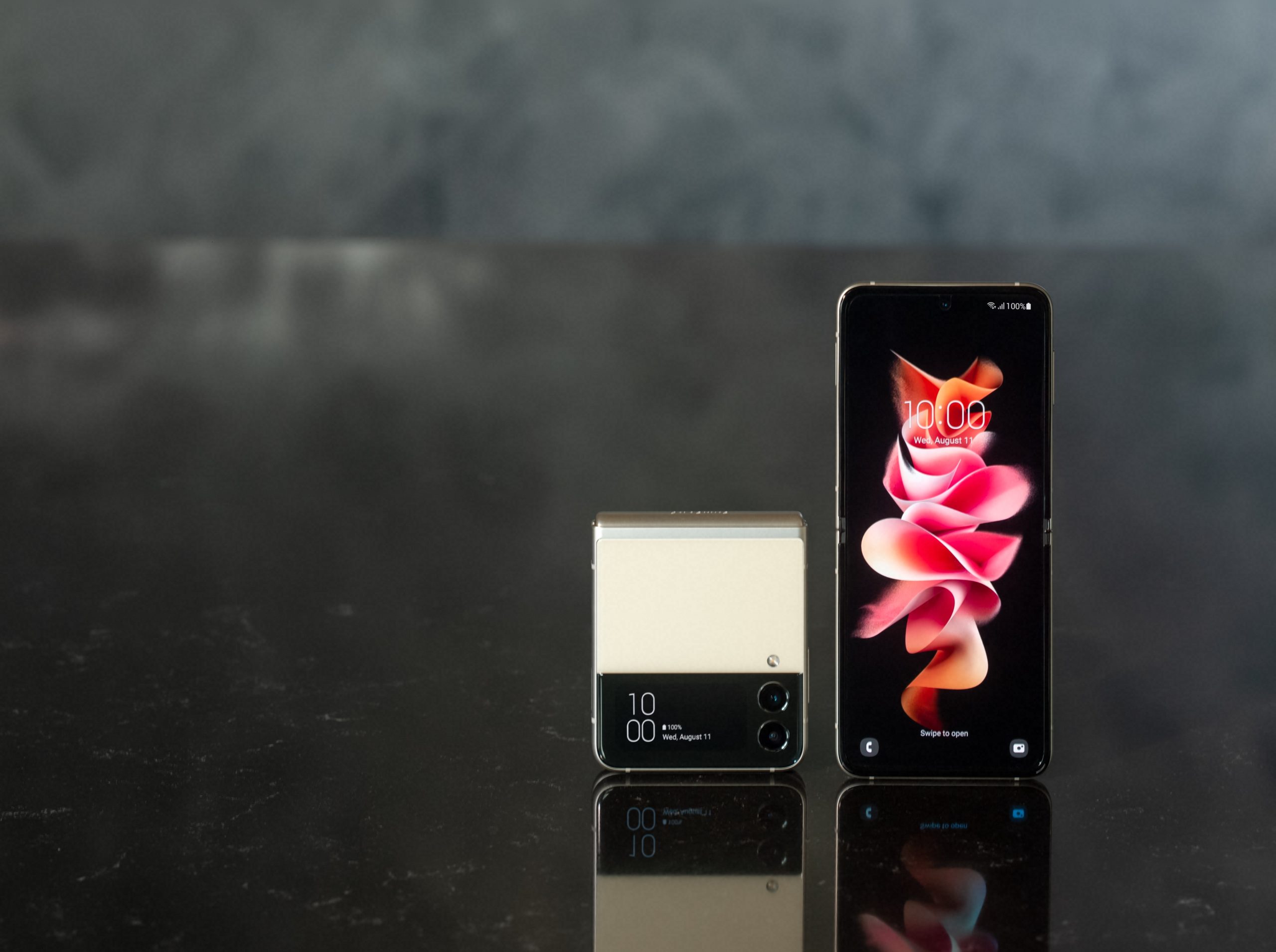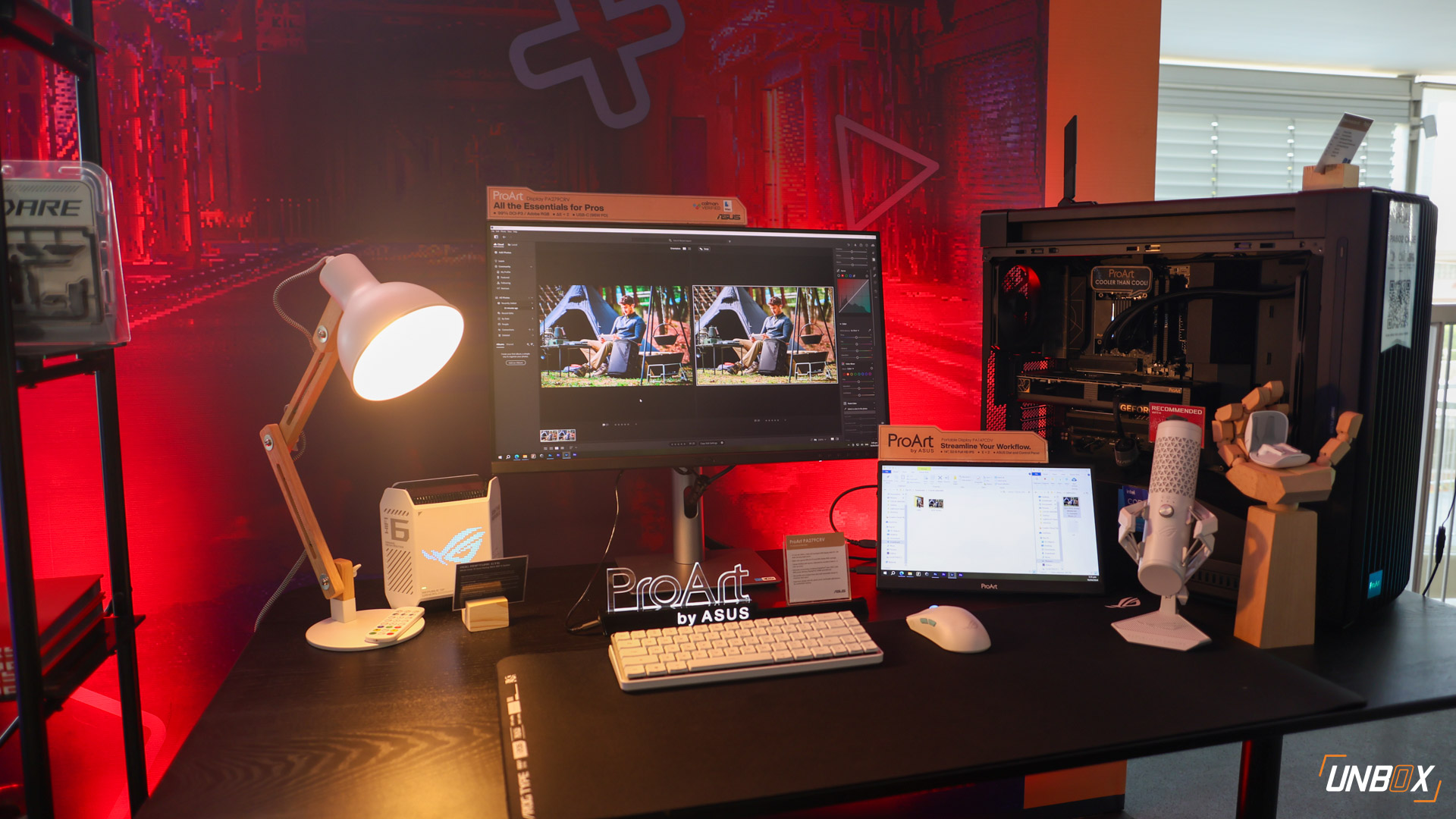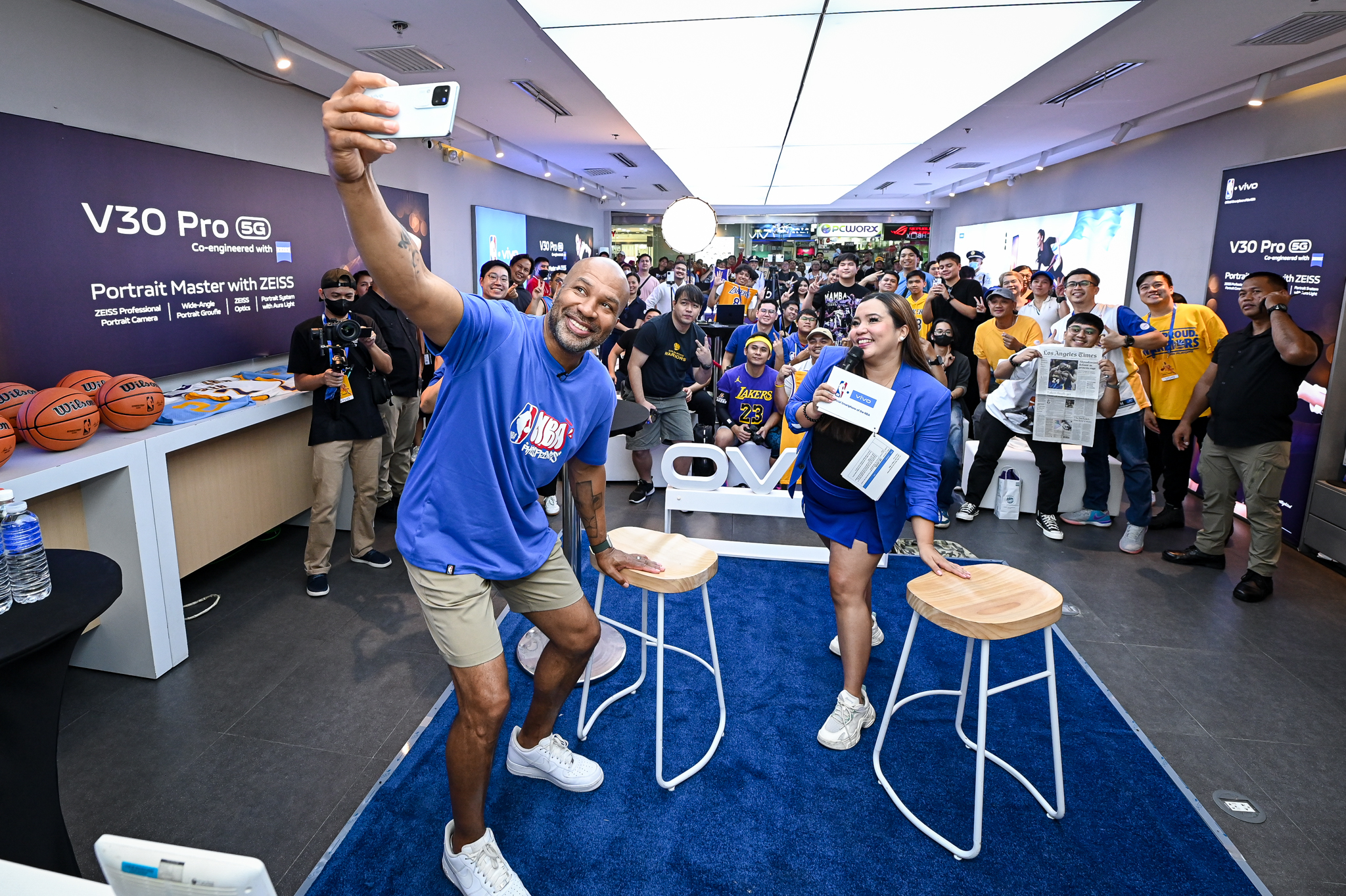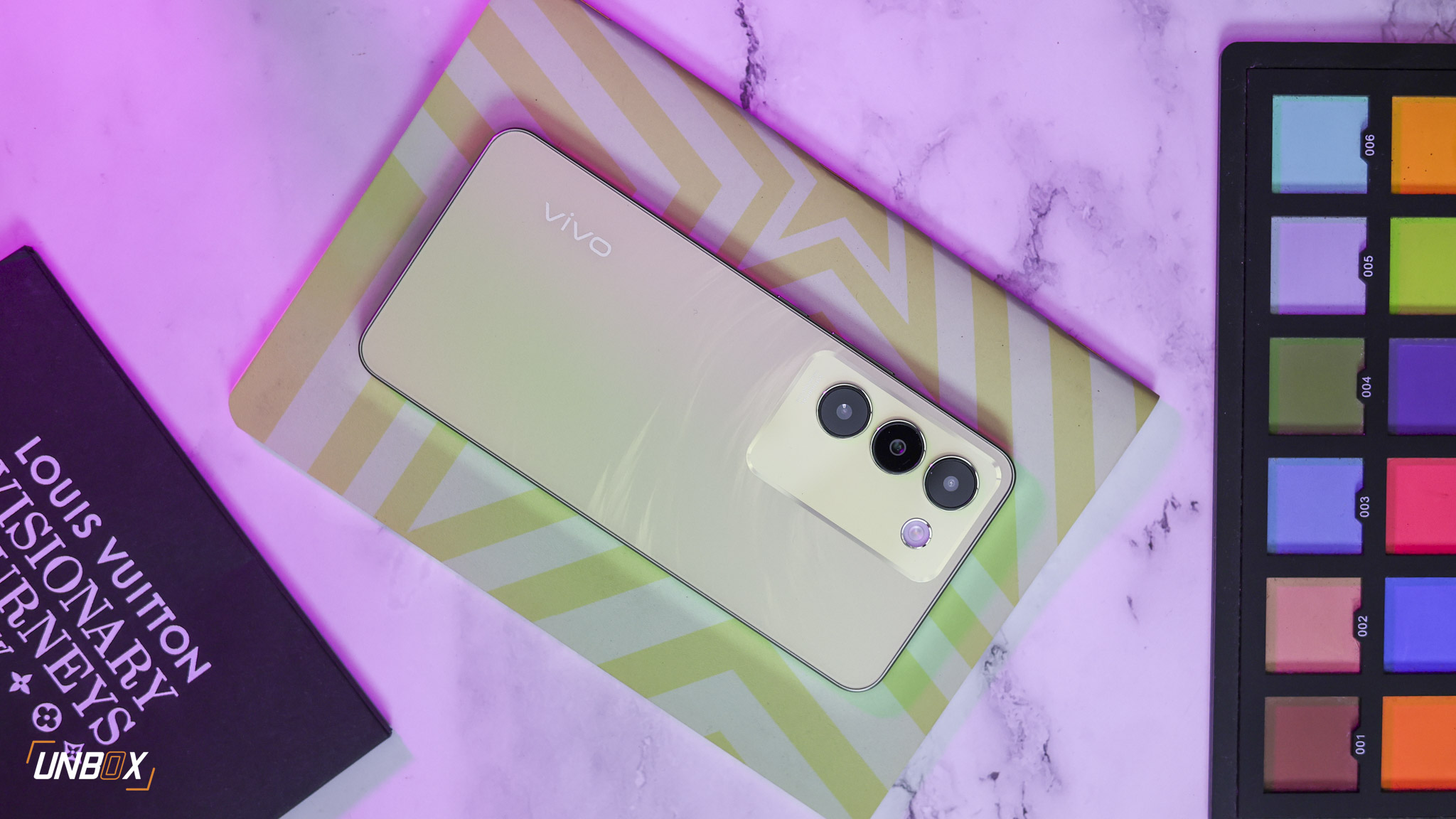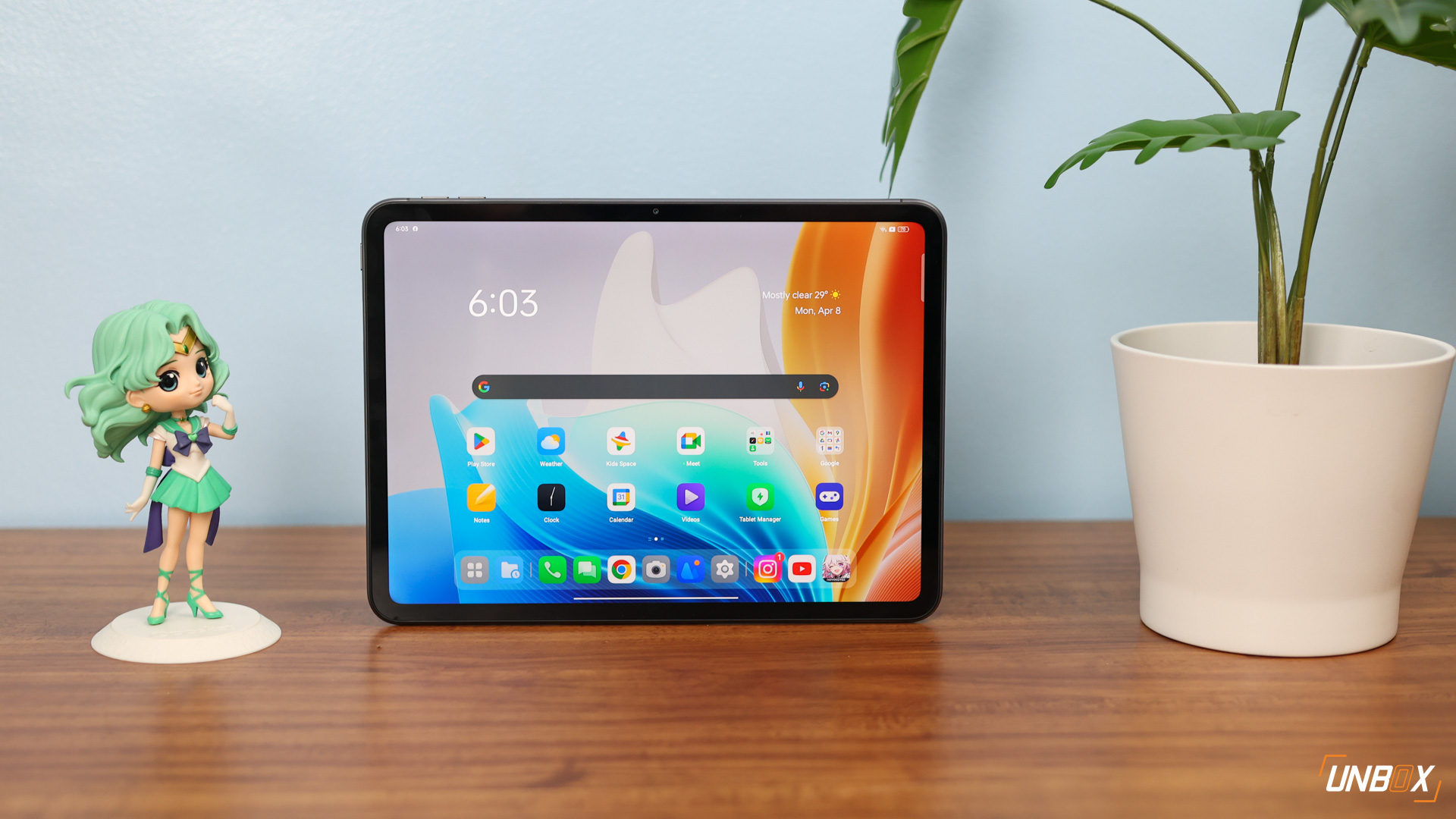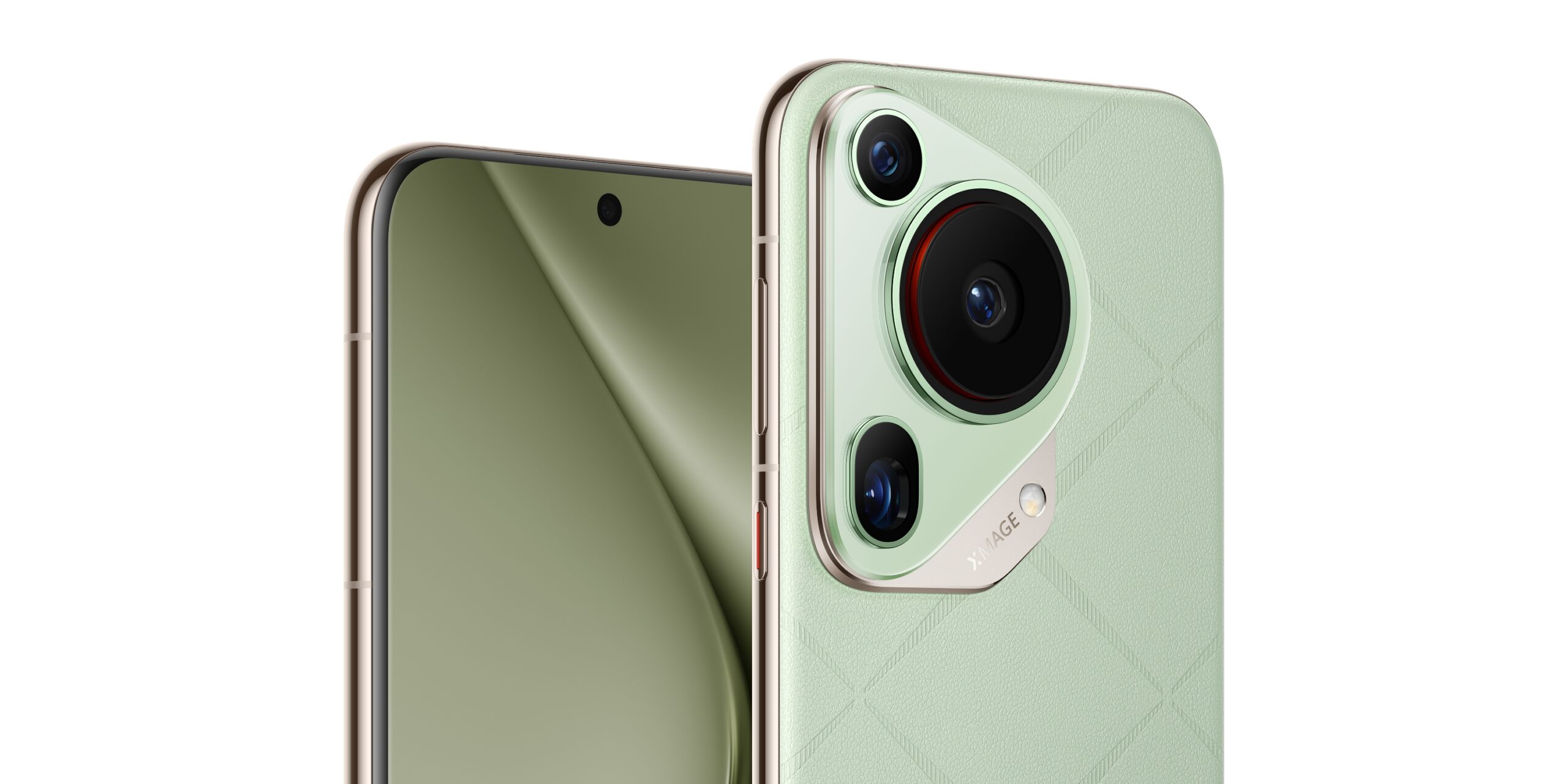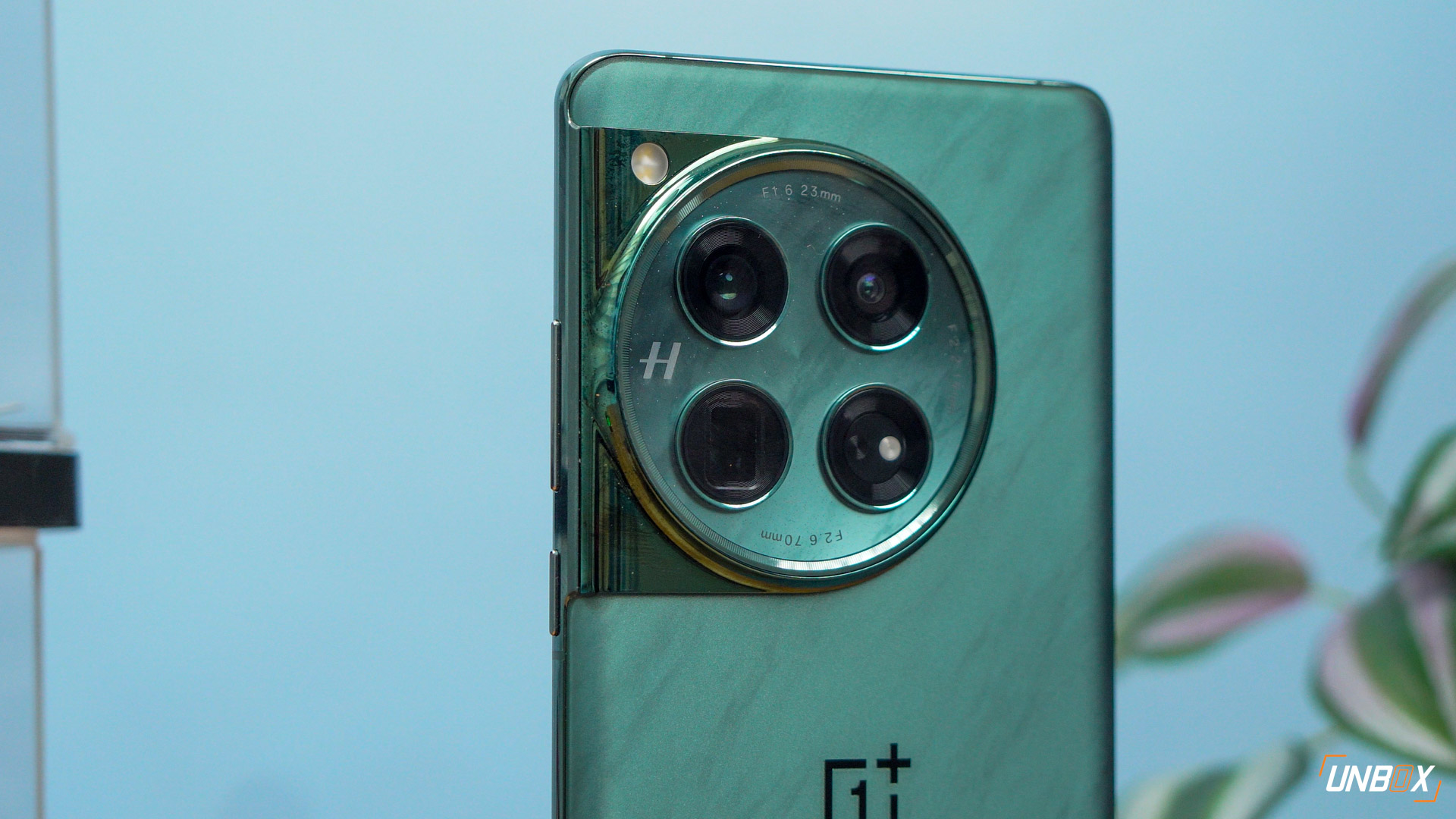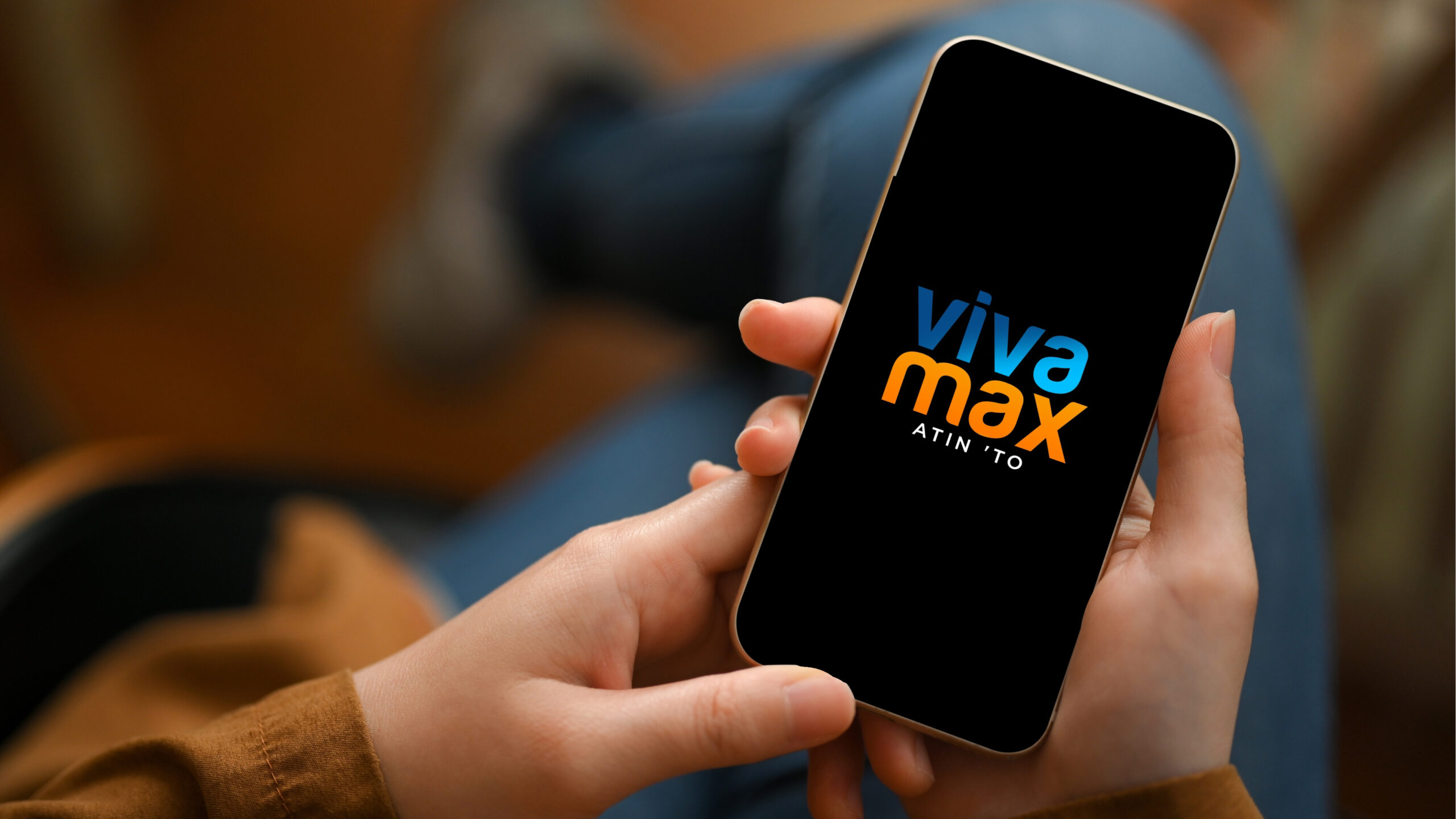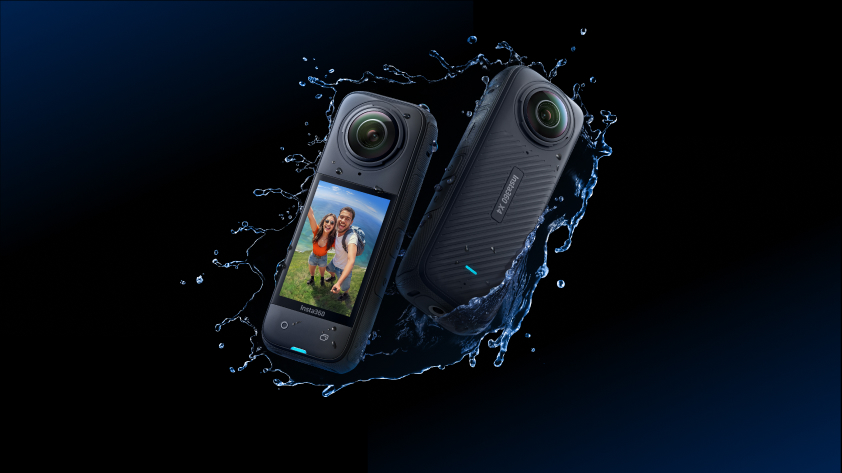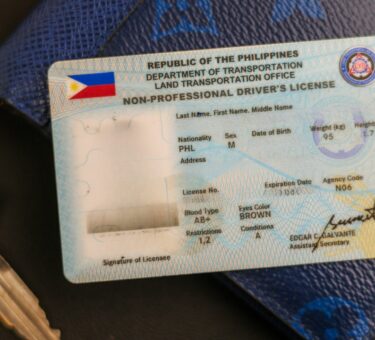I’ve had the same phone plan for eight years now, and despite Smart’s best efforts to tear this unlimited LTE plan from my hands with the sweet allure of new phones year after year, I’ve managed to resist the siren song.
That streak ends this year.
This year, I’m getting a new phone and getting a new plan, and I’ve decided on Samsung’s newest, and probably most affordable foldable so far, the Galaxy Z Flip3 5G.
Samsung’s newest foldable wasn’t my first choice, though, and it’ll probably come as a surprise to anyone whose known me for a while that I wanted to try out iOS for a bit since I’ve pretty much been an Android user for my entire adult life. I managed to borrow an iPhone 13 for a bit, and while Apple’s new hotness is a great device on its own, it’s not for me. Here’s why:
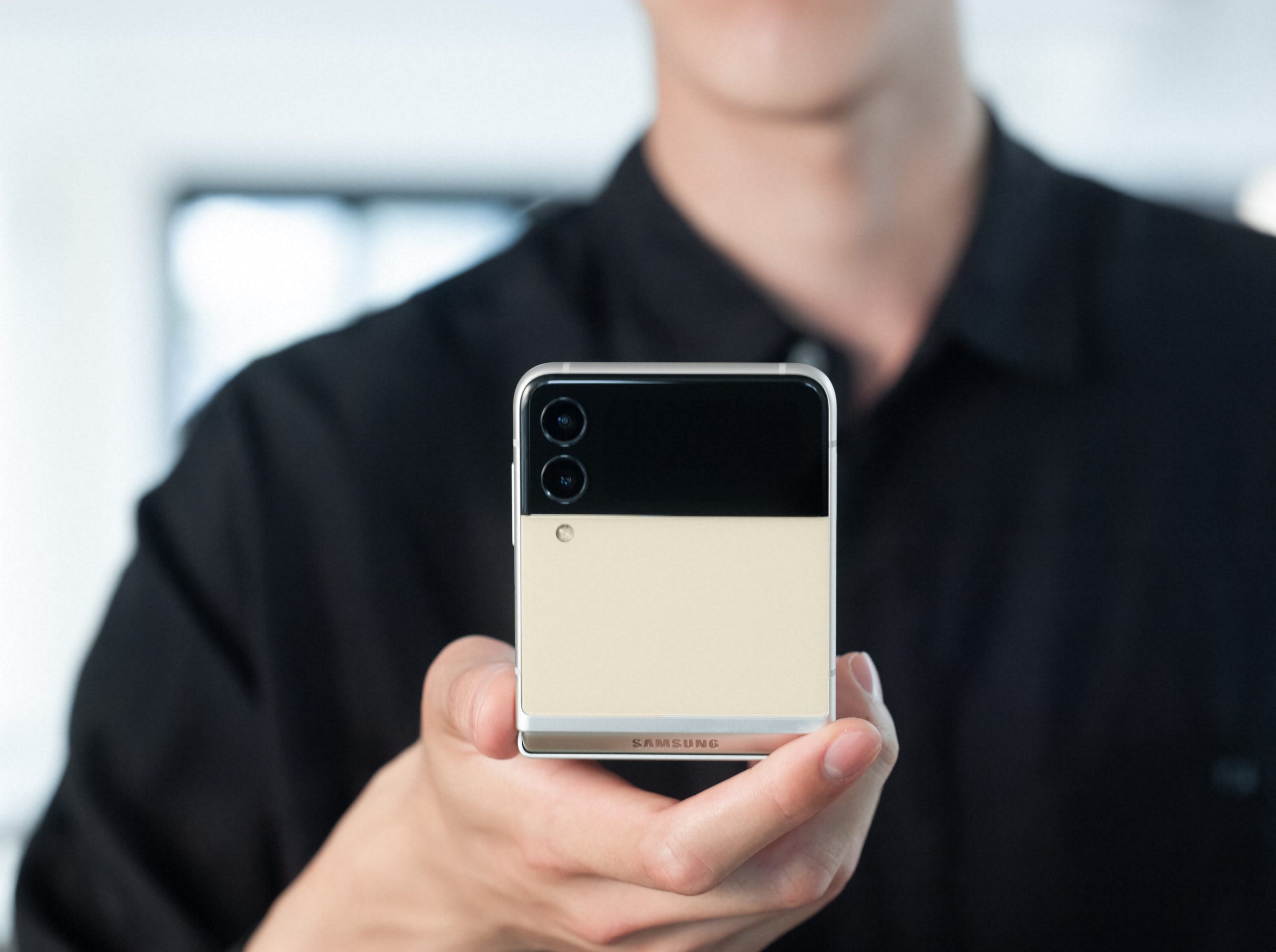
Design
The biggest difference for both? One folds, the other doesn’t. That’s pretty obvious by looking at both devices, but one of the reasons I’m going with the Galaxy Z Flip3 5G boils down to convenience. I like the fact that this phone folds up into a package that easily fits in my pocket. It doesn’t sound like much, but I like how the phone fits even in the tightest of pockets (like the front pocket of my polo), making it convenient to carry around and use.
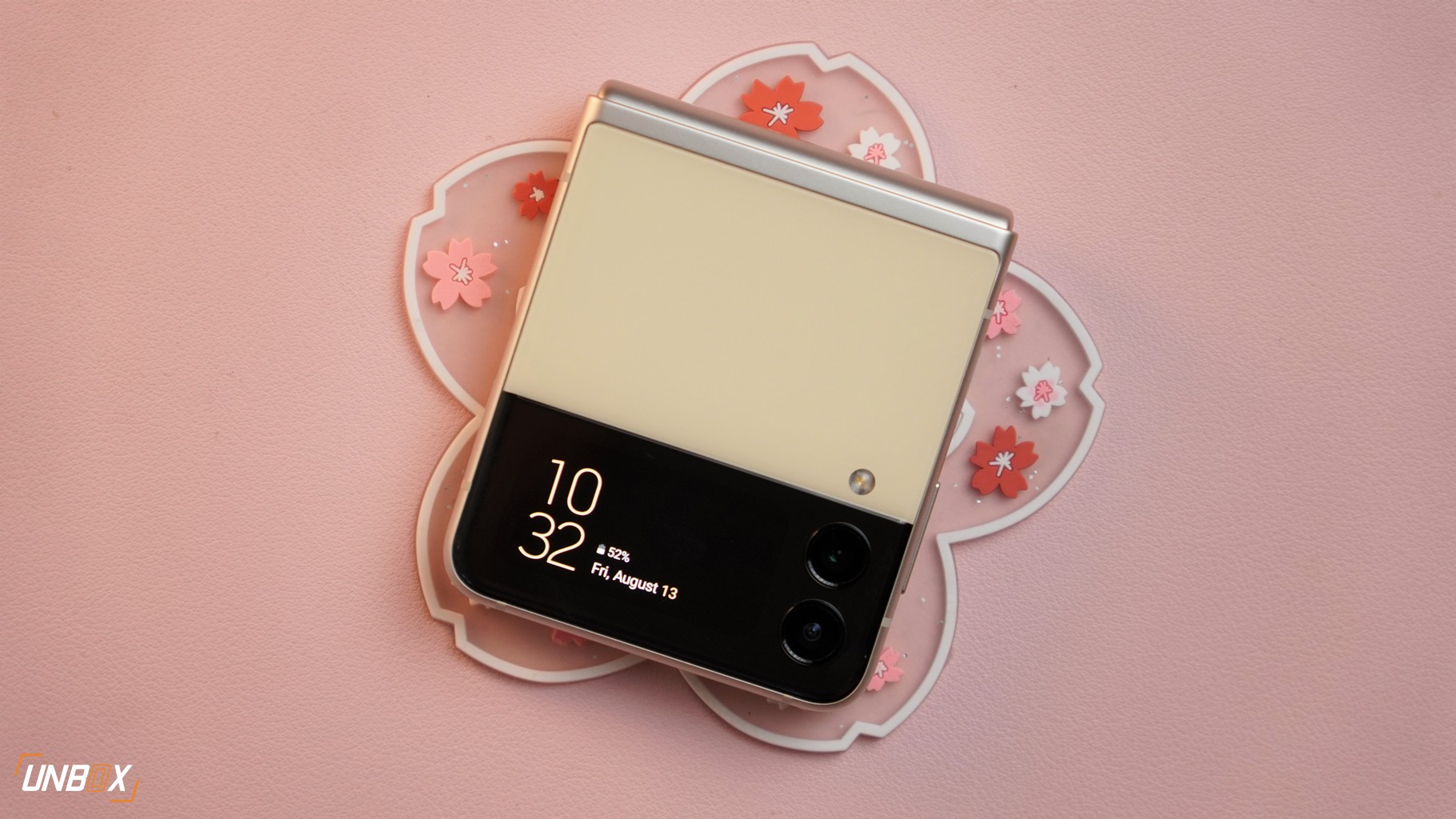
And while the iPhone 13 has a great design, it’s not as eye-catching or as visually stunning as a phone that literally folds in half. Nothing against the iPhone 13 (it’s gorgeous as far as iPhones go) but I want to try out a new form factor this upgrade cycle.
Display
The display on the Galaxy Z Flip3 5G is another thing I like about it. It’s bigger than the one on the iPhone 13 (6.7 inches VS 6.1 inches) and doesn’t have as big a notch. You’re getting a bigger usable screen VS the iPhone 13.
The Galaxy Z Flip3 5G also has a 120Hz refresh rate VS the iPhone 13’s screen which is still locked at 60Hz. An argument can be made that 60Hz looks fine and 120Hz isn’t really that big of a deal, but for me, it was a little jarring to go back to a 60Hz display after using mid-range phones with 120Hz (and higher) refresh rates. Obviously, your mileage may vary here.
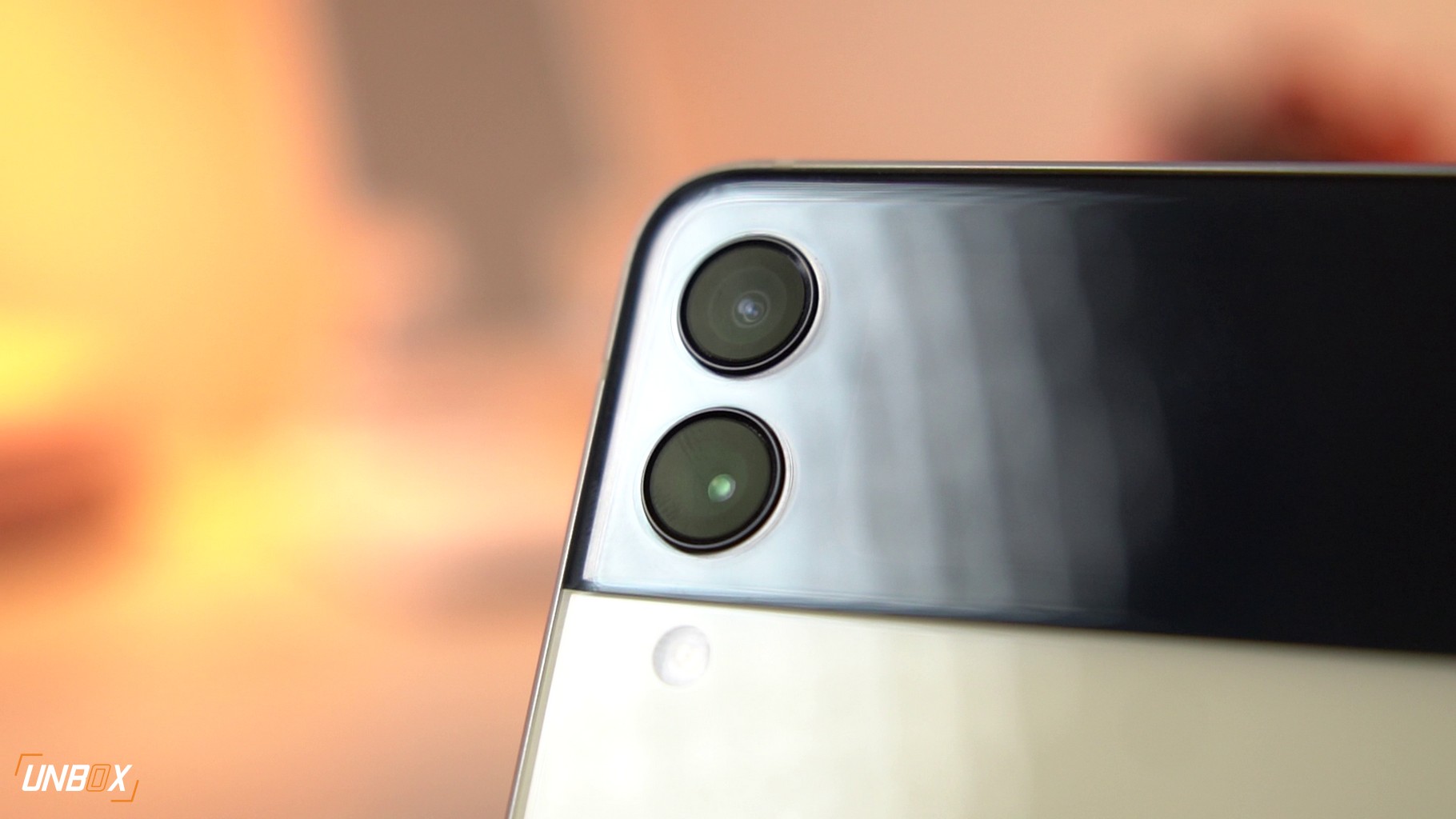
Cameras
Interestingly both phones have the same megapixel counts for both of their cameras (you’re looking at 12-megapixel main and wide-angle shooters), and the difference in the quality of the photos produced boils down to personal preference. I’m not going to make a nitty-gritty pixel-peeping camera comparison here (we’ll probably reserve that for a future article) but know that both phones produce flagship-grade photos.
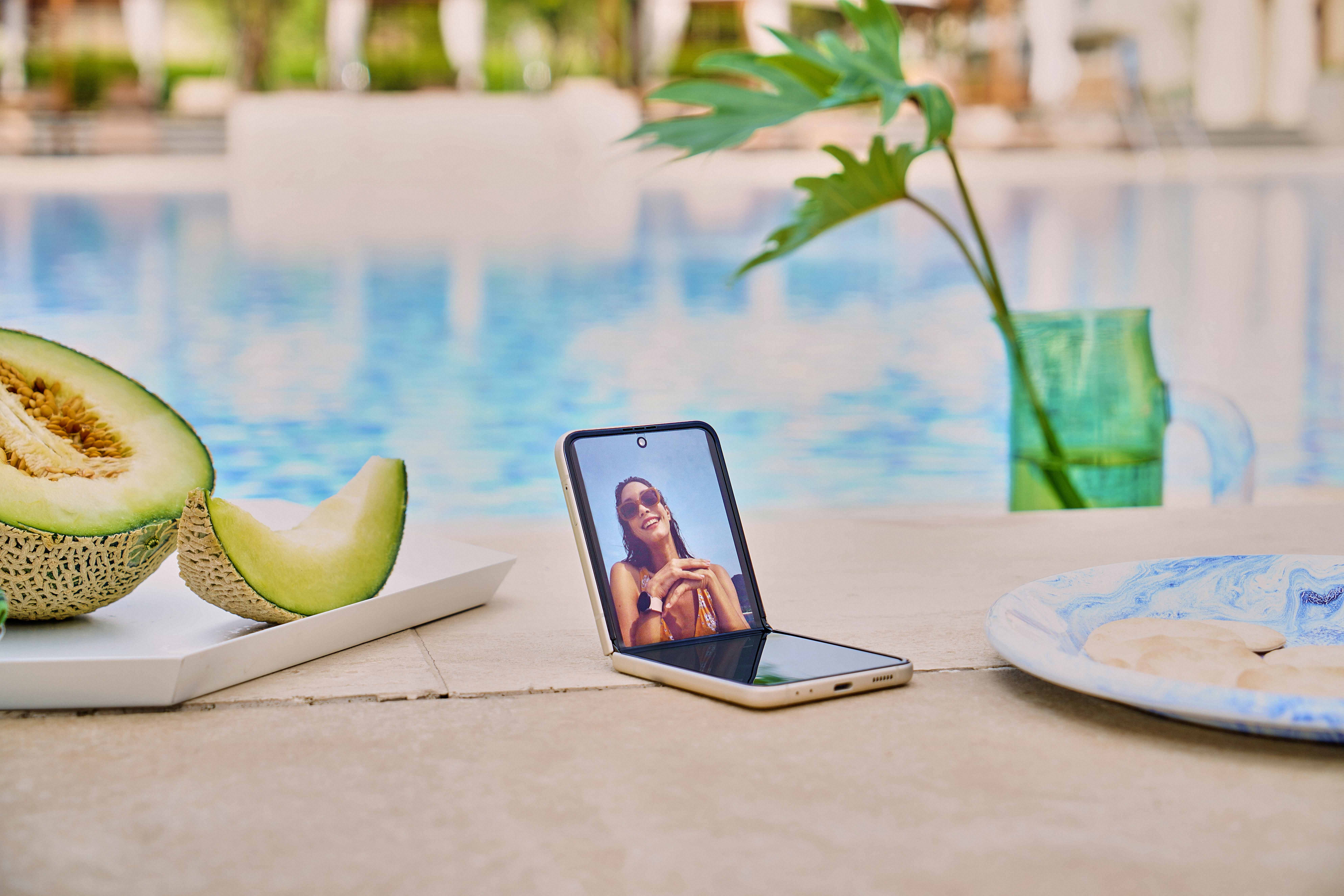
What I am going to go into here is the flexibility of the Galaxy Z Flip3 5G when it comes to taking photos. Flex Mode – Samsung’s fancy marketing term for bending the phone into an L shape to take stabilized, tripod-less photos – comes in handy when you’re out exploring a locale and don’t have anyone else to take photos of you. Just fold the phone halfway, find a relatively flat surface to put it on, slap in a timer, and go. Pretty convenient.
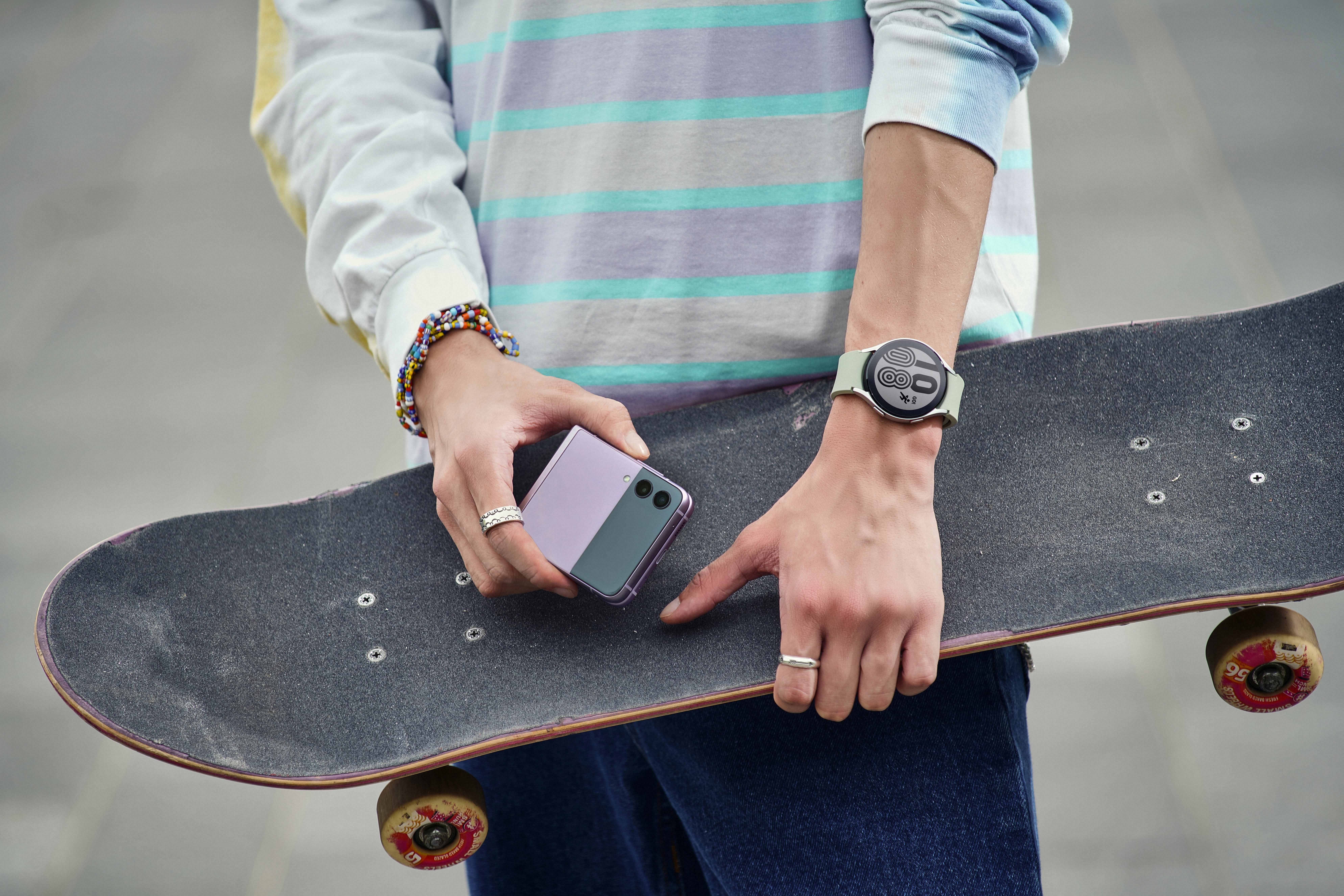
Hardware and software
When it comes to actual performance, both phones perform almost the same. It’s no surprise – both phones sport flagship chips, and in all honesty, I wasn’t really worried about the performance aspect of either phone. As they’re both top-tier devices in their respective camps, both phones felt incredibly fluid, fast, and responsive.
What really made me stick with Android this time around is that I was already pretty invested in the ecosystem, in terms of the apps that I used its open nature VS iOS. Buying an iPhone wasn’t just about buying a phone as much as buying into their ecosystem. As much as I liked trying the iPhone 13 out, I wasn’t a fan of the rest of the ecosystem.It played a major part in my decision to go with the Galaxy Z Flip3 5G instead.
The only disadvantage of the Galaxy Z Flip3 5G as far as hardware performance goes is its smaller battery since Samsung had to go with a smaller battery cell to fit in the folding form factor.
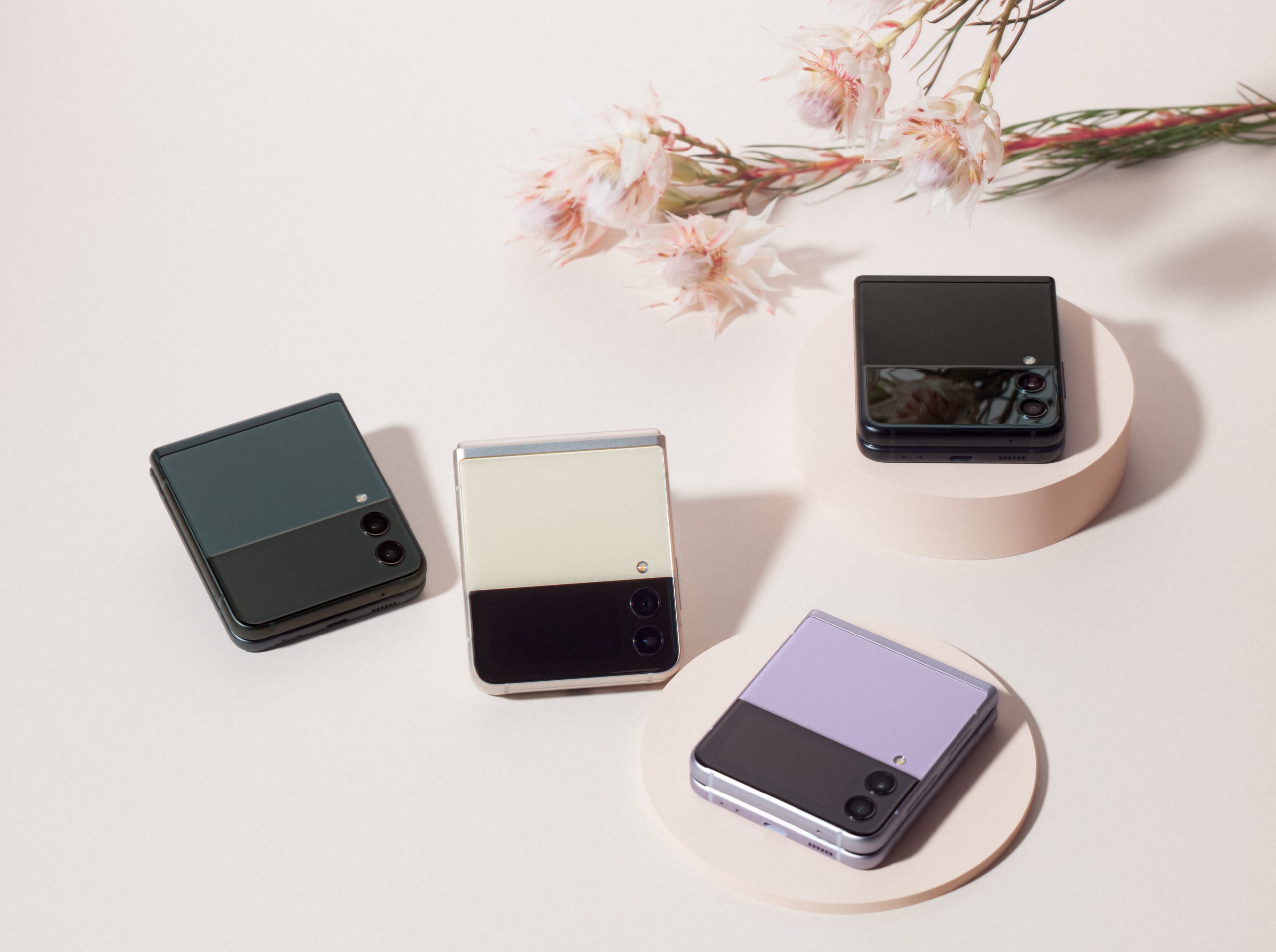
Ultimately, my final decision to go with Samsung’s Galaxy Z Flip3 5G was a personal one. I fell in love with the first Galaxy Z Flip when I got to try it out, and the Galaxy Z Flip3 5G pretty much addressed many of the problems I had with the original foldable. The fact that it’s also relatively affordable now VS the original folding devices also factored in that heavily.


